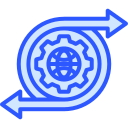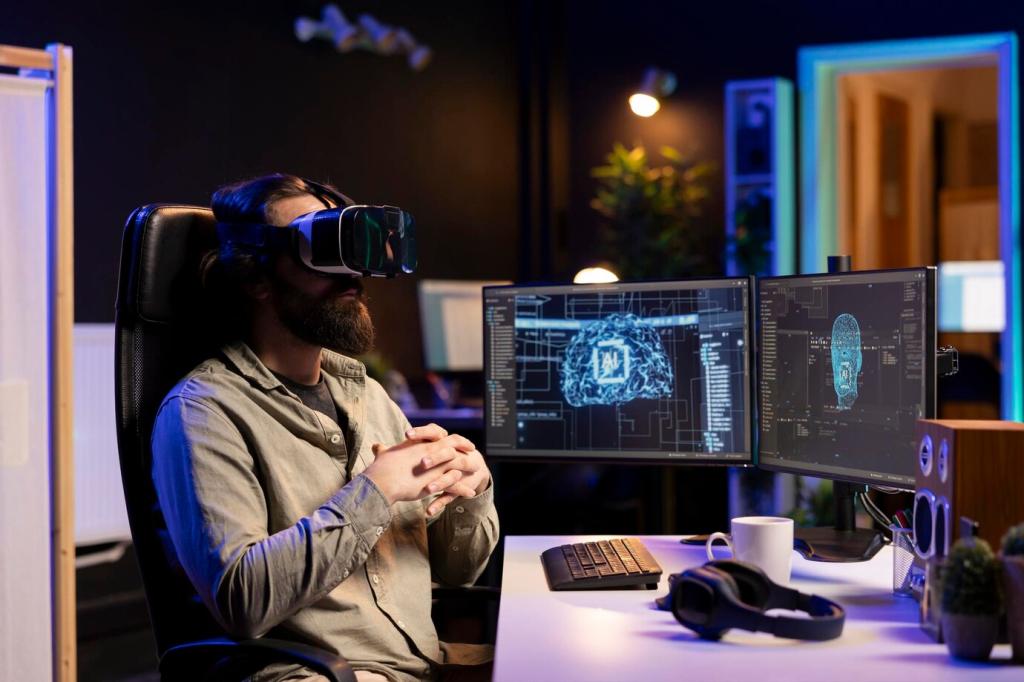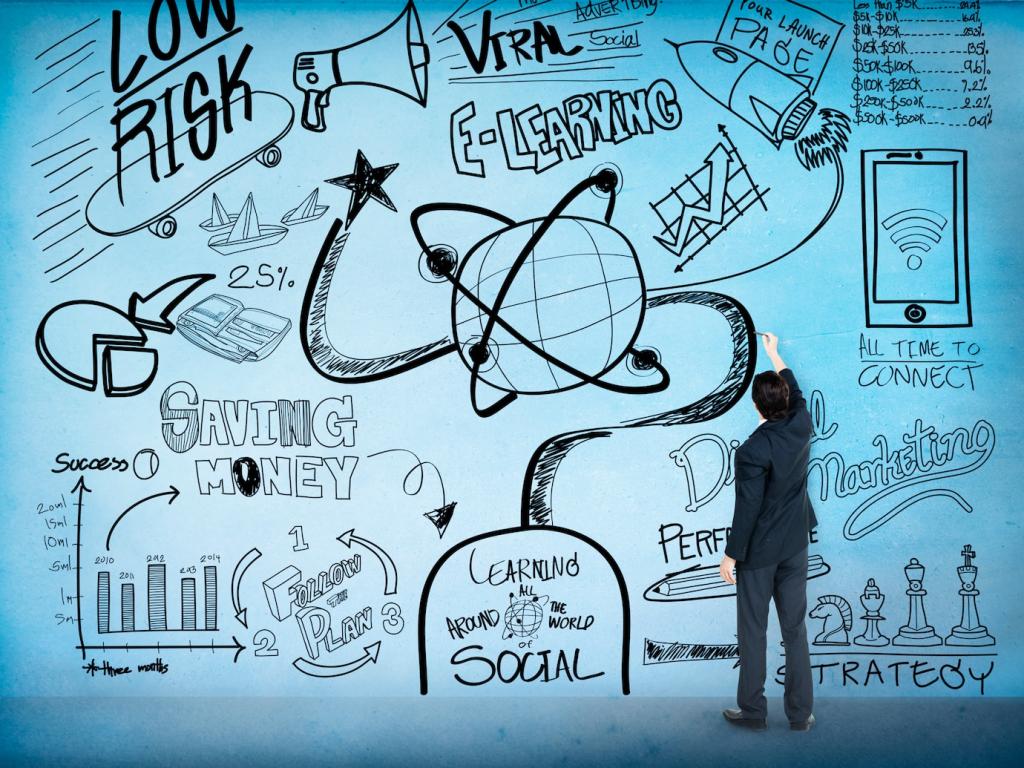Human Connection in Virtual Spaces
Instructor presence grows through timely feedback, short video notes, and authentic voice. Learners feel seen when responses are personal yet consistent. Which presence practice changed your online atmosphere most? Share a quick example others can try tomorrow.
Human Connection in Virtual Spaces
Design teamwork with clear roles, milestones, and public deliverables. Use shared documents, peer review, and structured reflection to keep accountability high. What collaboration tool or routine helped your groups thrive during the shift? Tell us how you adapted it.
Human Connection in Virtual Spaces
Virtual office hours, gentle nudges in chat, and alumni guest sessions make mentorship accessible. Short, frequent touchpoints beat rare marathons. How do you nurture mentorship in your digital environment? Invite a colleague to co-mentor and report back here.
Human Connection in Virtual Spaces
Lorem ipsum dolor sit amet, consectetur adipiscing elit. Ut elit tellus, luctus nec ullamcorper mattis, pulvinar dapibus leo.








